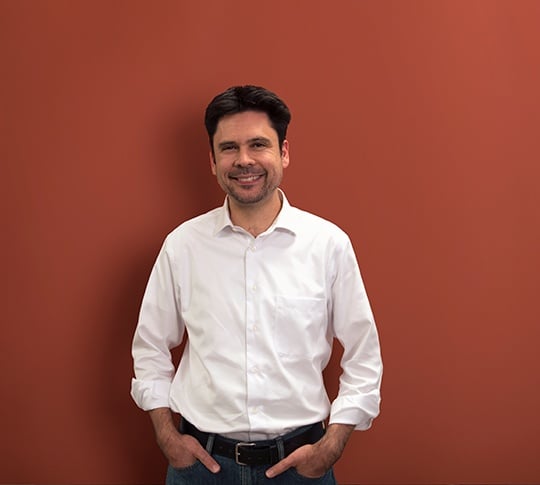
In fifth grade, I was allowed to enroll into a normal class with normal students. I even started to feel “normal” until I had to ask the teacher how to spell the word “girl”. I could never remember if it was spelled G-R-I-L or G-I-R-L. I made a wild guess and penciled the word “gril.”
“That would be pronounced grill,” he explained. “In girl, the i sound comes before the r. Can’t you hear that?”
I pretended that it all made sense, but in truth, it was hard to distinguish. Dyslexia can affect the temporal resolution of phonemes, and for me this made girls even more mysterious than they already were.
Math was mysterious too, mostly because it was all taught through language. It wasn’t until some fortuitous experiences outside of school that I was provided the opportunity to visualize math, and see the beauty of mathematics that too often gets clouded and marred by language.
In college, I started developing a program to teach math visually. My original intent was to make math accessible to students like me—students with language learning difficulties, such as dyslexia and autism. But as I developed and tested the program, it was clear that this approach was more than just making it accessible.
By allowing students to see, touch and interact with fascinating mathematical mechanisms, they inevitably become infected with the love of math. It’s a love that all students should experience.
Seventeen years later, we now have half a million students actively learning math in this way, and extensive research shows that this method—transitioning from solving problems using visual, concrete models all the way to working with abstract symbols and language—is highly effective with all students, including students in Special Education programs and English learners.
Through this program, a deep understanding of mathematics and a lifelong joy of learning is becoming the new “normal.”
This post first appeared on District Administration, July 2012

Matthew Peterson, Ph.D., is Co-founder and Chief Research & Development Officer at the MIND Research Institute. The creator of ST Math, Matthew leads a team in developing innovative learning environments.
Comment